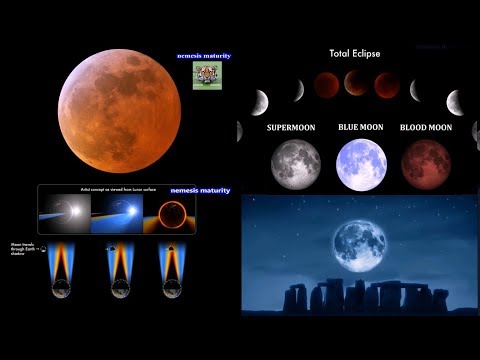What do Moon rocks reveal about the universe? | The Economist
Now there are two rocks, right thereI got to put this one in your bag before I can get itOkThese have been described as. . . . . . the most expensive rocks in the worldUntil NASA’s Apollo moon missions. . . . . . they’d laid on the lunar surface for millions of years. . . . . . undisturbed by humansComing off this rock here, but it looks like calicheFrom 1969 to 1972The Eagle has landedThere were six Apollo missions. . . . . . which returned to Earth with samplesIt was hoped they’d uncover secrets about the Moon. . . . . . they ended up teaching scientists a lot about the Earth tooNine containers of lunar samples were brought back to EarthScientists studying the rocks. . . . . . learnt a great deal about the many impacts. . . . . . early in the Moon’s developmentThese created huge craters. . . . . . some the size of large countriesAncient volcanic eruptions then filled some of these basins. . . . . . with vast plains of lava. . . . . . creating the dry seas. . . . . . that can be seen by humans on Earth. . . . . . billions of years laterBut the moon rocks also revealed. . . . . . the biggest impact. . . . . . was the one that created the Moon itselfScientists found the Moon rocks to be surprisingly. . . . . . perhaps disappointingly, like those on EarthIt turns out that the Earth and the Moon. . . . . . are chemically very similar indeed, as if twinsIt was this revelation that led to a game-changing idea. . . . . . the giant impact theoryThe latest version of this theory. . . . . . involves the new idea of a synestiaIn this theory. . . . . . the impact fills nearby space with a doughnut of hot vapourBoth the Moon and Earth are formed. . . . . . from the magma rain that resultedThe gravitational pull. . . . . . which binds the Moon and Earth to each other. . . . . . became the main cause. . . . . . of the rise and fall of the Earth’s ocean tidesScientists believe these tides could have been crucial. . . . . . for the evolution of animal life on Earth. . . . . . by offering a route from under the sea to above itFor almost 50 years. . . . . . no human has returned to the MoonNow missions are being planned to its unexplored territoriesJust as the United States was the first nation to reach the Moon. . . . . . in the 20th century. . . . . . so too will we be the first nation to return astronauts. . . . . . to the Moon in the 21st centuryThe hope of the next generation of scientists. . . . . . is that by studying new samples of rock. . . . . . they can unlock many more of the Moon’s secrets. . . . . . and even some of the Earth’s













